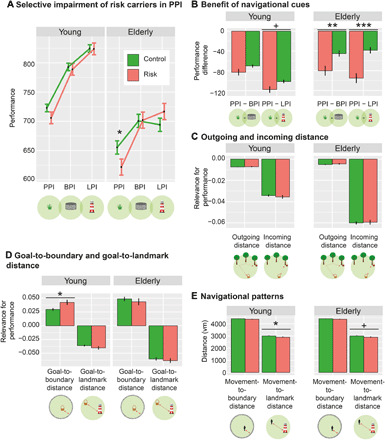Fig. 4. Performance as a function of genotype, distances, and subtask split by age groups.

The younger age group comprises subjects aged 18 to 41 (n = 163), and the older age group comprises subjects aged 42 to 75 (n = 104). (A) Performance (which is inversely related to drop error) is specifically impaired in older risk carriers when no supportive spatial cues are available, i.e., in the PPI subtask. (B) In older participants, risk carriers benefit more from environmental landmarks and boundaries than controls. (A) and (B) depict results from model 1b; results from model 1a are statistically equivalent. (C) In both age groups, neither incoming nor outgoing distance is more closely related to spatial memory performance in risk carriers than controls. (D) In the younger age group, goal-to-boundary distance is more relevant in risk carriers than in controls (models 2a and 2b). (E) In younger participants, movement-to-landmark distance (but not movement-to-boundary distance) is significantly lower in risk carriers than in controls (models 2c and 2d). Y axes show parameter estimates resulting from the different models; error bars, SEM. +P < 0.10, *P < 0.05, **P < 0.01, and ***P < 0.001. Control, APOE ε3/ε3-carriers; Risk, APOE ε3/ε4-carriers. See also figs. S1 to S3 and tables S1, S2, and S4.
